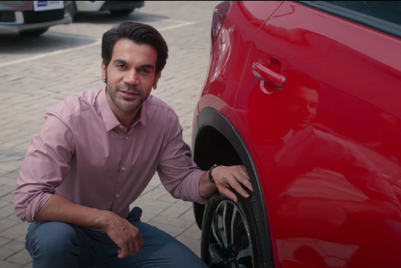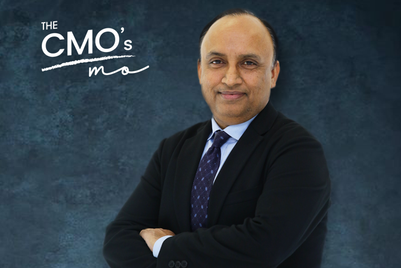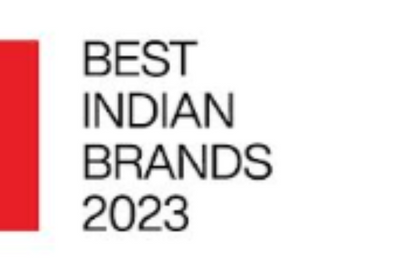
Much has recently been written about this trend of maleness articulated over a decade back by Mark Simpson of Arizona in the United States of America. But if one saw the developments through a basic sociological lens, the changing depictions of the male sexuality as well as the confusing Signs of identity of the fairer sex, become simpler to understand. In a cyclical behavior of humans and societies, men and women both are showing Signs of reverting to their rightful and biologically compatible positions, with of course, a few mutations.
‘He’s a woman, she’s a man’
For a society that was still drawing its codes from the developed west, sexuality and therefore, its meaning, had begun to introvert. Men had started accepting a world outside machismo, displaying affectations previously only seen in the traditional preserve of the feminine space. From cosmetic exhibitions of ‘cuteness’ to uncharacteristic breakdowns in times of pressure, the urban man had come to exhibit himself outside the fringes of the Man stereotype.
And women had changed too, occupying an atypical position that required her to take charge. Within this region of assertion, she was needed to display personality characteristics that went against the generic definitions. To an extent, that she almost becomes something that, in the past, would be nearly blasphemous – a man.
The Signs of this were numerous and at times, very queer.
l
- A simple Google search for the term ‘men cry’ threw up 3,370,000 results; while ‘women cry’ paled at 1,120,000.
l
- For the last few fashion seasons, pink had replaced black as the masculine colour of choice. Male celebrities across the country were seen sporting various shades of crimson in their apparel.
l
- Femina, India’s leading women’s magazine went to the extent of running a cover story titled ‘Masculine Chic’!
l
- With the rise in the ambiguity and therefore, pervasiveness of unisex fashion, urban India saw the rise of the unisex beauty parlour, and in some nightclubs, even the unisex loo.
l
- Kinetic Flyte, a new scooterette launched by Kinetic Motors, ran a communication campaign with the tagline ‘Girls are not girly’.
l
- Forsche (pronounced ‘For She’, a play on the German car manufacturer Porsche) is a women only taxi service run in Mumbai. Launched on Women’s Day 2007, this taxi service has only women drivers at the wheel.
l
- L’Oreal, the cosmetics brand, focused primarily on women, launched a range of men centric products called Men’s Expert. The tagline that went with the communication said ‘Because they are worth it too’.
Death of the metrosexual, at the hands of ‘Urban Lions’
‘Because men are worth it too’ – perhaps it was this condescending tagline of the cosmetics brand that was the tipping point. Or perhaps it was the self sneering collective burden of accommodating the sissiness of pink, and the cultivated façade of ‘extra sensitivity’ that finally embarrassed the metrosexual man. The remnants of masochistic, alpha male dominating behavior that seemed all but lost have made their resounding comeback – bigger, better and decidedly smarter. The Signs of change among a generation of Indian males brought up on this anecdotal valor, and on movies of volcanic physicality essayed by the once angry young man and his swarthy mate, are reassuringly clear.
Shahrukh, the maximum Khan, arguably one of the primary influencers on maximum India, has bandied a plethora of brands. The defining Sign of change on the gender benders too, had to come from him. And it did. By posing in a bathtub for a popular beauty soap, he had approved of the effeminate man. However, a few months ago, the same smart barometer of the consumer’s pulse, was splashed across with six pack abs and an alpha male attitude. This much talked about persona of the down-ageing Khan was a potent Sign on the arrival of the Urban Lion.
Many more Signs quickly followed.
l
- The Maruti Suzuki SX4, a new mid-size sedan announced its introduction, and position, with the line ‘Men are back’.
l
- Fastrack eye wear, a brand of lifestyle accessories by Titan, launched a new range of eye gear called the Biker’s collection. It featured very traditional macho male styles and graphics, and was summed up by the tagline ‘Bikers don’t cry’.
l
- MTV Roadies 5.0, the fifth edition of the popular reality program, has brought back the formula used in the original pilot of the show, when it was launched a few years ago – machismo oozing visuals and storyline.
Marketing implications
Customer Segmentation. In a scenario where masculinity and femininity have intermingled and are yet to redefine themselves, customer segmentation is bound to be challenging. The first to feel the impact will obviously be brands operating in the fashion and lifestyle sectors. Cosmetics and personal care brands will be pressured into adapting to the Urban Lion. From developing new brand extensions, to dropping the pretensions of ‘sensitivity’ in the male persona, marketers are going to have to consider this waking giant as an entirely new entity.
Parallel evolution on the feminine side would see toning down of the masculine traits, Femininity would be saved and restored albeit with less dependence on cosmetics and greater realism. Endearing ‘Feminine Chic’ would replace the somewhat irritating ‘Masculine Chic’
Branding Revisited: The remnants of gender bending still percolating down to the masses would mean continuing re-looking at the traditional stereotypes. More critically, the redefinitions of sexuality would create socio-cultural conflicts for masculinity and, in the subsequent future, femininity too. That is what would present brands with an opportunity. Opportunity of creating Brand Myths that would provide a resolution to these conflicts and create a Brand Connect that would right up there, at the highest order of branding.
Ashish Mishra is vice president, strategic planning, Mudra


.jpg&h=334&w=500&q=100&v=20250320&c=1)
.jpg&h=334&w=500&q=100&v=20250320&c=1)


.jpg&h=334&w=500&q=100&v=20250320&c=1)


.jpg&h=334&w=500&q=100&v=20250320&c=1)
.jpg&h=334&w=500&q=100&v=20250320&c=1)





.jpg&h=268&w=401&q=100&v=20250320&c=1)
.jpg&h=268&w=401&q=100&v=20250320&c=1)


